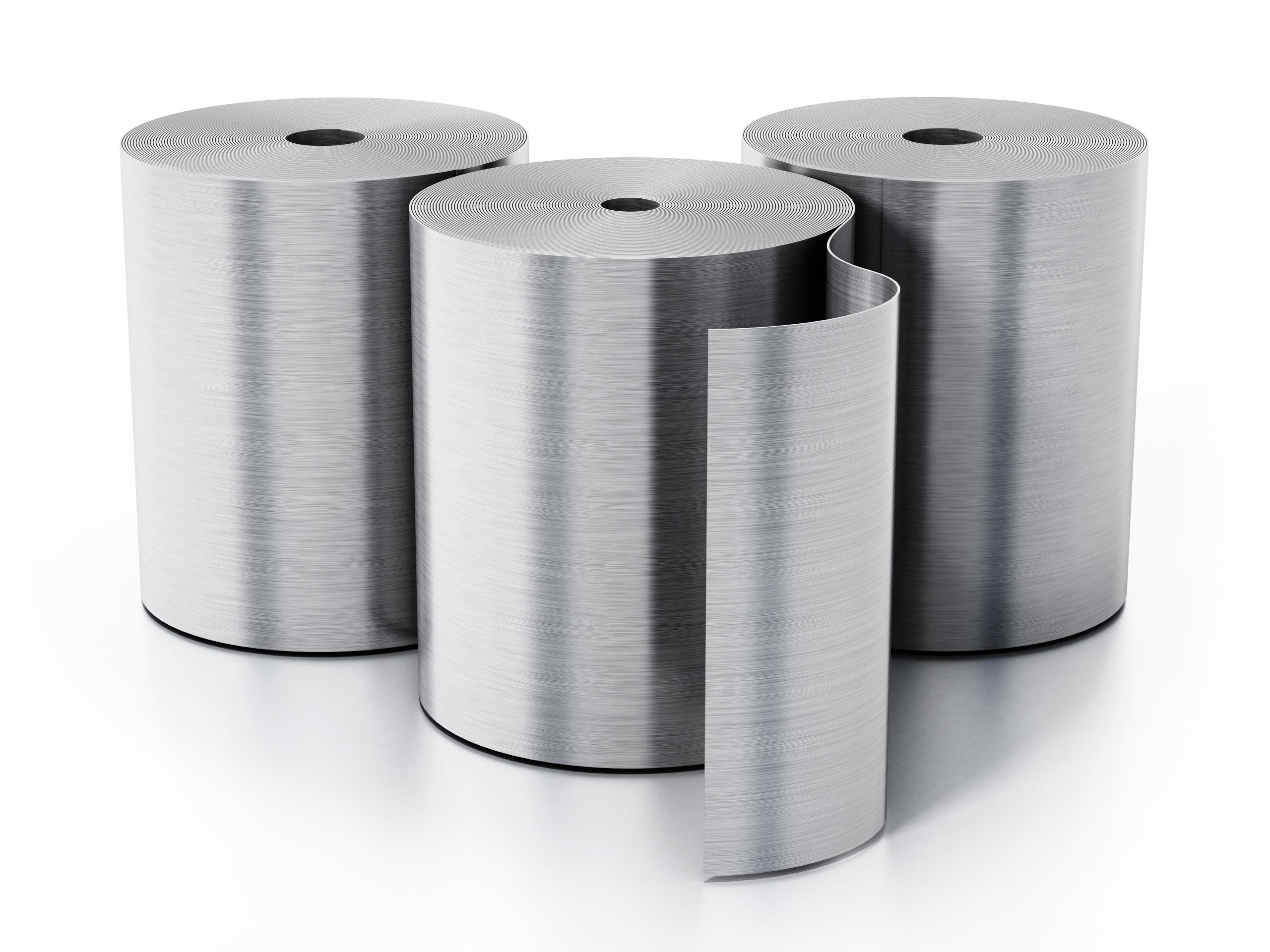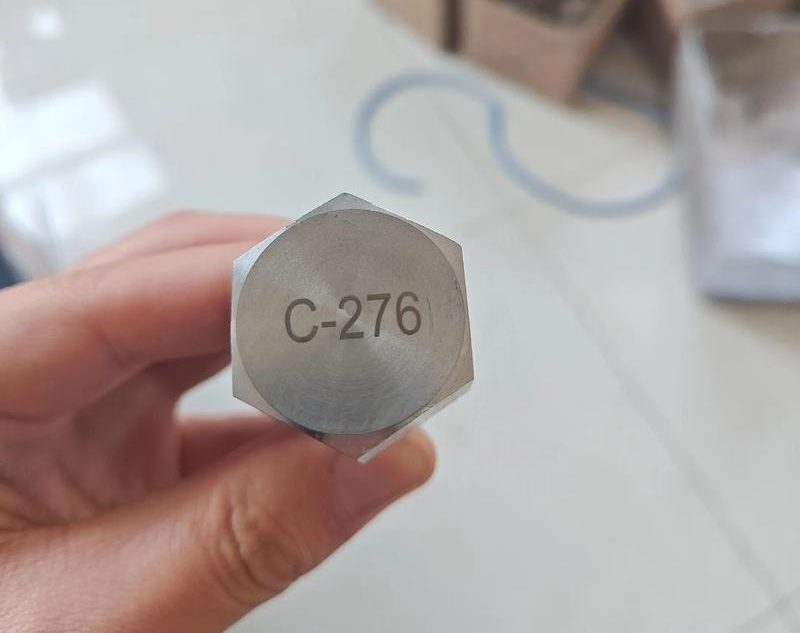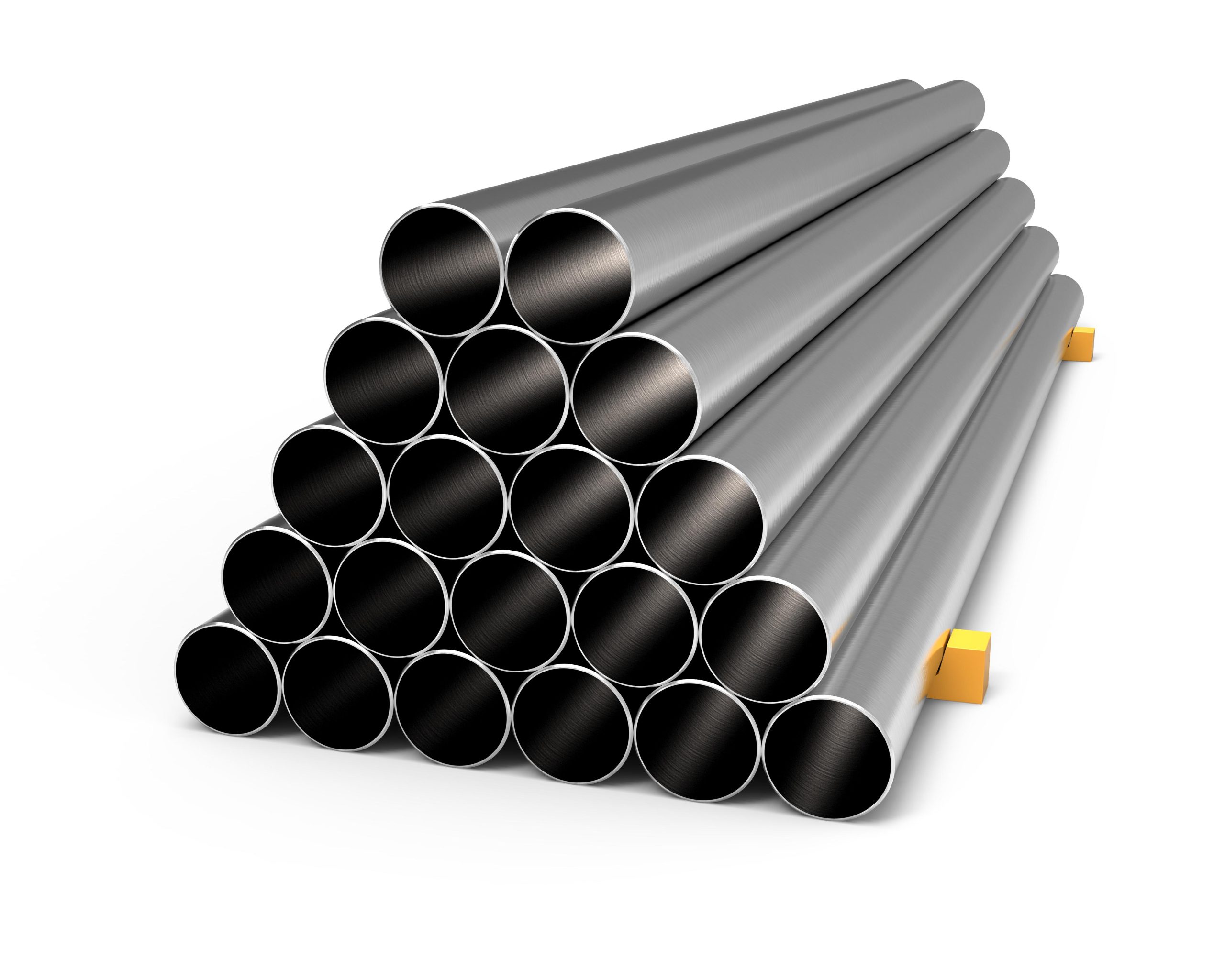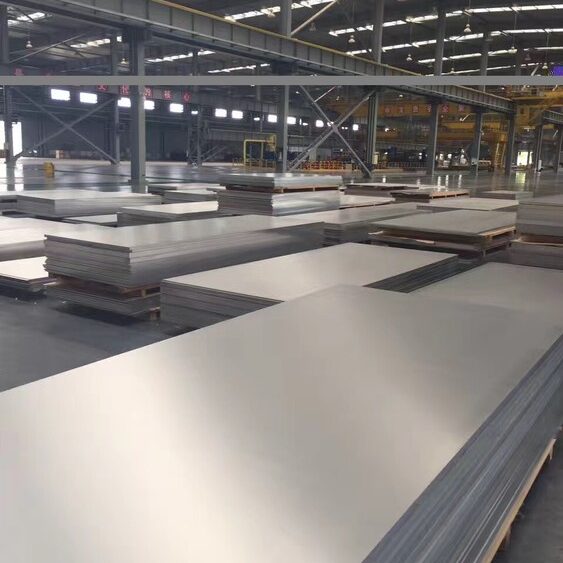In the realm of high-performance alloys, Hastelloy has long been recognized as a leader in corrosion resistance and structural stability under extreme environments. As a nickel-molybdenum-chromium-based alloy, Hastelloy wire mesh plays a critical role in advanced industries such as semiconductor fabrication, deep-sea exploration, and nuclear waste treatment. This article explores the complex production technologies, core grades, application scenarios, and key advantages of Hastelloy, highlighting why it remains a preferred material in challenging industrial conditions.
1. Advanced Production Technology
The production of Hastelloy wire mesh demands a highly controlled and precise manufacturing process. The alloy’s sensitivity to impurities and phase transitions under heat requires multiple advanced metallurgical steps:
- Ultra-pure smelting: Techniques such as Vacuum Induction Melting (VIM) combined with Electron Beam Melting (EBM) ensure oxygen content is maintained below 10 ppm. For example, Hastelloy C276 requires sulfur content under 0.002% to preserve its corrosion-resistant properties.
- Hot rolling and annealing: The alloy billets must be hot-rolled at temperatures above 1200°C to avoid the precipitation of detrimental sigma phases that weaken corrosion resistance.
- Precision wire drawing: Wire diameter is reduced in over 20 passes to achieve high-precision dimensions (as small as Φ0.01mm for medical-grade mesh). Salt bath annealing between passes maintains ductility and surface quality.
- Weaving technology: Depending on the end-use, the wire mesh is woven into plain, twill, or dense configurations, with mesh sizes ranging from 1 to 300 mesh.

2. Comparison of Five Core Grades
Different applications call for different Hastelloy grades, each with unique compositional characteristics and corrosion resistance profiles:
- C276: Composed of Ni, Mo 15–17%, Cr 14.5–16.5. Known for excellent resistance to chlorine-containing environments, including moist chlorine and hypochlorites. Operates effectively at up to 400°C.
- C22: Features a balanced composition (Ni, Mo 12–14%, Cr 20–22.5) and offers universal corrosion resistance, including tolerance to aqua regia and mixed oxidizing acids, performing at temperatures up to 600°C.
- B3: High molybdenum content (28–32%) and extremely low chromium (≤1.0%) provides unmatched resistance to hydrochloric acid—up to 100 times better than stainless steel. Best used under 200°C.
- X: Suitable for ultra-high temperature use (up to 1200°C), resistant to aggressive fluorine gas, making it the only Hastelloy grade that performs under such extreme chemical conditions.
- G30: Developed for phosphoric and sulfuric acid mixtures, with Cr 29–31% and Mo 5–7%, this grade withstands complex acid environments with ease, making it ideal for fertilizer and chemical processing.
3. Cutting-edge Industrial Applications
The application spectrum for Hastelloy wire mesh is both vast and technologically intensive:
- Semiconductor fabrication: In wafer etching, C276 wire mesh is used to filter hydrofluoric acid vapor. TSMC’s 5nm line utilizes this material for consistent purity. ASML lithography equipment uses B3 mesh in chemical distribution systems to withstand aggressive acid attack.
- Marine engineering: Deep-sea mining trucks integrate C22 wire mesh to filter sulfide-rich hydrothermal fluids at pressures up to 35 MPa and temperatures of 350°C.
- Nuclear waste management: In vitrification of high-level radioactive liquid waste, G30 wire mesh endures pH 14 alkaline environments and radiation, used in processes developed by AREVA in France.
- Aerospace and defense: B3 mesh is integrated into solid rocket propellant filters, tolerating rapid thermal shocks up to 3000°C. In the U.S. Trident D5 missile, a triple-layer C276 mesh ensures safety and performance in fuel systems.

4. Key Performance Advantages
- Corrosion resistance: In 70% boiling sulfuric acid, the corrosion rate of 316L stainless steel exceeds 38 mm/year, while C276 degrades at only 0.35 mm/year. B3 in a mixed 40% HF + 5% HCl acid corrodes less than 0.1 mm/year.
- Radiation durability: C22 retains mechanical integrity even at gamma radiation doses exceeding 10⁸ Gy.
- Economic efficiency: Although its cost is approximately twice that of titanium mesh, in aggressive media like concentrated hydrochloric acid, Hastelloy can last 50 times longer, drastically lowering replacement frequency and operational downtime.
5. Lessons from Real-World Failures
Material misselection can lead to catastrophic failures. One chemical plant installed 625 alloy mesh for filtering 98% sulfuric acid, only to see failure within three months. Switching to C22 extended the system’s operational life beyond eight years without degradation. This underscores the need to match the Hastelloy grade precisely to the corrosion type—G30 for phosphoric/sulfuric acid blends and C22 for heat-resistant concentrated sulfuric acid environments.

From semiconductors to nuclear waste, Hastelloy continues to prove its superiority in extreme industrial environments. Its advanced production techniques, tailored alloy grades, and unparalleled corrosion resistance give engineers and designers a powerful tool for solving today’s most demanding material challenges. As new industrial applications emerge—especially in clean energy and microelectronics—Hastelloy will remain at the forefront of high-performance alloy solutions.
Get Quote
We would like to hear from you. Please get in touch with us by filling out the contact form below, we will get back to you shortly.



Comments are closed.